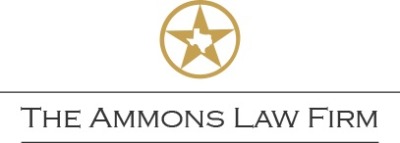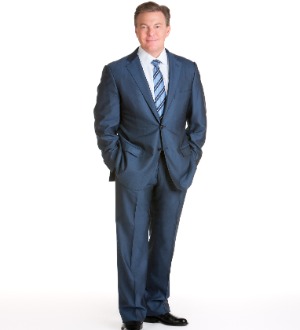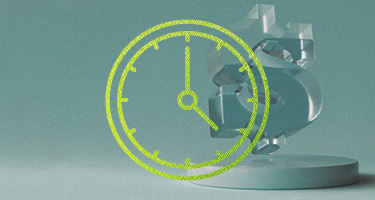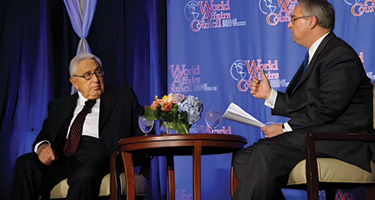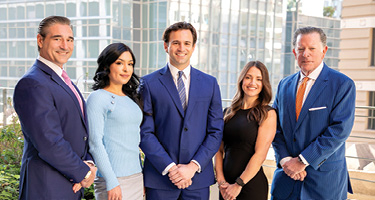Battle-Tested Insights: What Rollover Cases Taught Me About Corporate Accountability
When I first began handling vehicle rollover cases in the early 2000s, the litigation landscape looked dramatically different than it does today. Back then, we were fighting an uphill battle against manufacturers who insisted rollovers were purely driver error, not design defects. Two decades later, the industry has reluctantly acknowledged that vehicle design plays a crucial role in both rollover propensity and occupant protection.
This shift didn't happen by accident. It came through the persistent efforts of Vehicle Rollover Attorneys who uncovered internal documents showing manufacturers understood the risks but chose not to address them. I've personally deposed engineers who admitted safer designs were rejected purely for cost reasons – sometimes amounting to just a few dollars per vehicle.
The most revealing moment in my career came during discovery in a case involving a popular SUV. We uncovered test data showing the manufacturer had identified a stability problem five years before our client's accident but made no design changes. The company had calculated that lawsuits would cost less than a recall. Our client, a 32-year-old father of three, now lives with quadriplegia.
"Safety Optional" Mentality
What continues to surprise me in rollover litigation is the "safety optional" approach many manufacturers take. Critical stability features are often reserved for premium trim levels, leaving base models dangerously vulnerable. Electronic stability control systems - proven to reduce rollovers by up to 80% - were available technology for years before becoming mandatory equipment.
For Vehicle Rollover Lawyers, this creates a challenging dynamic. We regularly see cases where slightly more expensive models from the same manufacturer have safety features that would have prevented our client's injuries. The decision to make safety "premium" rather than standard equipment represents a troubling value judgment about which customers deserve protection.
Roof Strength: The Critical Factor
In my practice, I've found roof strength to be the single most critical factor in determining injury severity. A vehicle with adequate roof structure can roll multiple times while maintaining survival space for occupants. Conversely, even a simple quarter-roll can be fatal in vehicles with weak roof structures.
The heartbreaking reality is that strengthening a typical SUV roof costs manufacturers approximately $75-125 per vehicle. Against the backdrop of catastrophic injuries costing millions in medical care and lost quality of life, this cost-cutting approach is indefensible. Yet it persists across the industry.
The Litigation Challenge
Rollover cases present unique challenges for personal injury lawyers. They require specialized knowledge of vehicle dynamics, crash reconstruction, biomechanics, and automotive engineering. The causation arguments are complex, with defense teams inevitably blaming driver behavior rather than vehicle design.
Further complicating matters, many of my clients don't initially recognize their accident as potentially involving a defect. They come to me believing they were simply unfortunate victims of a "freak accident." Only through investigation do we uncover the design issues that transformed a survivable incident into a catastrophic one.
I recently represented a college student who was left with permanent brain injuries after her SUV rolled over at just 35 mph. The vehicle's roof collapsed almost to the door line on her side. What she initially thought was just "bad luck" turned out to be a known design flaw that the manufacturer had addressed in European models but not in American versions of the same vehicle.
Looking Forward
The industry is slowly improving, albeit often only after litigation forces design changes. As personal injury attorneys, we see both the human cost of inadequate designs and the potential for positive change through accountability.
What gives me hope is seeing how litigation has directly influenced safety improvements. Manufacturers now routinely highlight their rollover protection systems in marketing materials – the same safety features they once fought against implementing. This represents real progress, though it comes too late for many victims.
For attorneys considering taking on rollover cases, I cannot emphasize enough the importance of specialized expertise. These are not typical auto accident cases. They require significant resources, technical knowledge, and persistence. But few areas of practice offer the same potential to create meaningful safety improvements while helping catastrophically injured clients rebuild their lives.
Rob Ammons has spent over 30 years representing victims of vehicle rollovers and other automotive defects. His work has contributed to numerous safety improvements in vehicles sold throughout North America.

